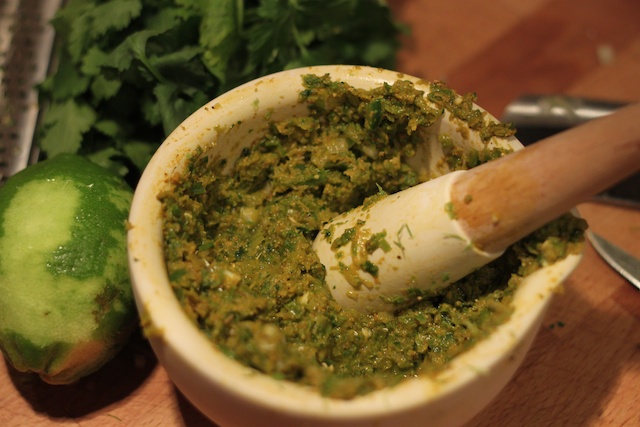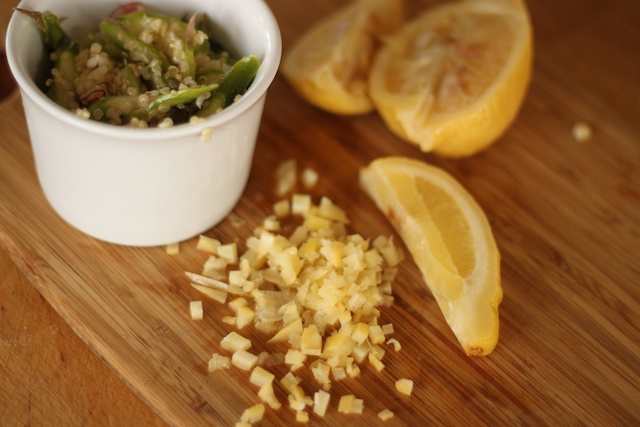Hi Everyone, just a short break in the Road Warriors “action.” I’ve been told by my “best” friend that the trip log is a little “boring” this year. I mean, I’d like to tell you there was another car wreck or a speeding ticket. Another huge fight and four more blown tires, but there simply isn’t. Deal with it. I can’t say I didn’t warn you all up front. I believe it was in the first sentence, even.
Instead of typing my boring trip journal into my computer, I am being forced, at the most furious pace, to deal with my garden. It happens every year. When will I get used to it? When will I simply harvest and compost in two easy steps? Rather than harvest, boil, peel, freeze and then compost?
I’m kidding. I don’t compost everything I freeze. It happens, for sure. In fact, I just tossed some chopped peppers of dubious origin. My best guess is that they were approaching three years old. But it could have been four. My medium-term memory has taken a serious hit in the past three — or is it four? — years. They (the peppers) went into the heap. But when you think of the time that goes in to the chopping and the freezing, it can really be a downer.
Anyway. While I’d like to tell you I made some delicious salsa with my rotting tomatoes, that would be wrong on two counts:
- My salsa is not delicious. It is merely OK.
- I didn’t make salsa because I was too lazy.
For the uninitiated, the laziest way to preserve tomatoes is to throw them into a ziplock bag and freeze them, right off off the vine. It works, people. And I’ve done it many a year. In fact now that I think about it… (I am leaving my computer with my camera and will be back in about 2 minutes.)
I am back with this photographic proof that I have done it:
I don’t have proof that it works, however if you are diligent — more diligent that I at this moment, anyway — and you scroll backwards in time, I am 100% sure you will find reference and a photo or two of these frozen globes in recipes from the past year.
The downside to the laziest way of preserving tomatoes is that as they cook, the skins peel off, break into tiny filaments, and float at the top of whatever you are cooking them in. It isn’t a huge issue, but for picky people, it might be.
Therefore, the second laziest way is to peel them before you freeze them whole. The whole operation takes about an hour for about ten pounds of tomatoes. It’s pretty simple.
1. You wash or rub off the dirt and then cut a small “X” in the end of the tomato:
2. Then you put a whole bunch of the “X”d tomatoes into boiling water until the skins start to show signs of peeling away, about 30-60 seconds, but more if your tomatoes are really firm.
3. Scoop them out with a slotted spoon and add the next bunch. When cool enough to handle, just pull the skins off with your hands. You probably don’t even need to use a knife. I don’t even cut out the stem core.
4. Then spread them on a cookie sheet and freeze till solid. Transfer to freezer bags and use as many as you need for a recipe.
It beats sterilizing and chopping and boiling and toiling, but I still wish I could say I made salsa. I’m working on that. (The attitude, not the salsa.) Next up is raspberries, raspberries and more raspberries which are aided and abetted by edamame that went flipping nuts this year. Let me know if you want some.




















































